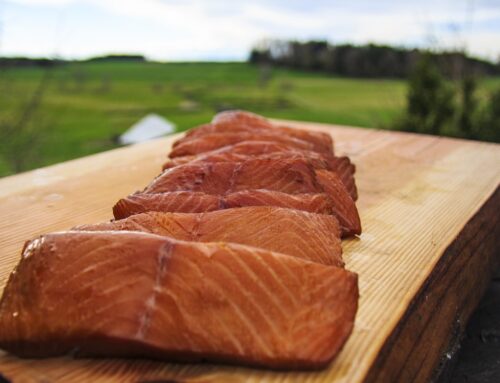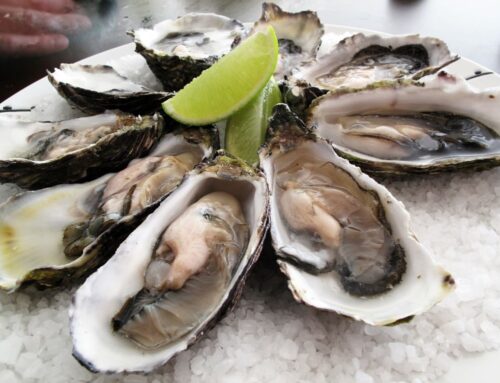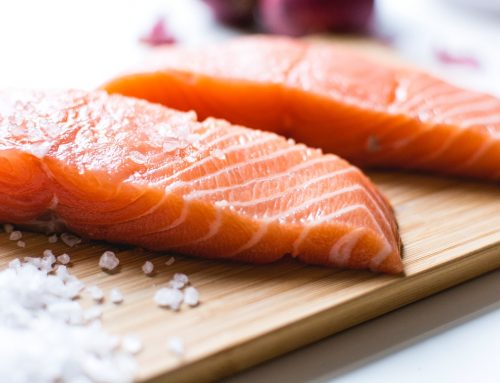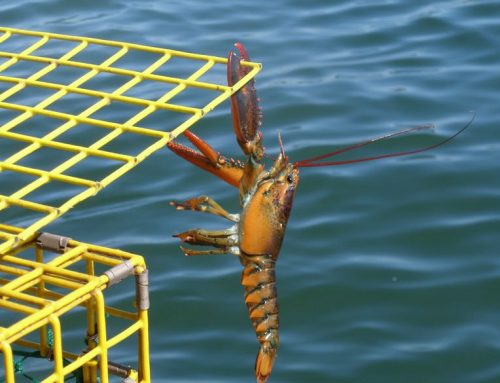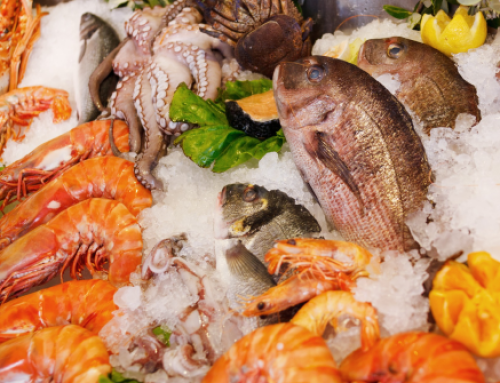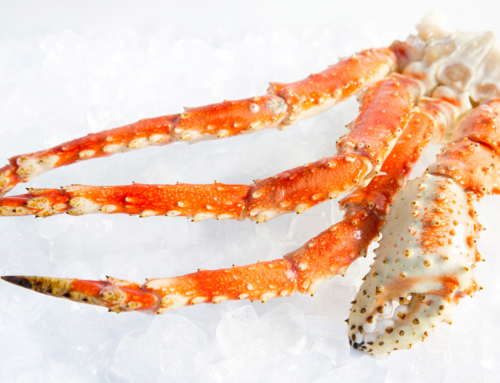As you shop for salmon and read about different salmon companies, you’ll likely come across descriptions of their fishing vessels and harvesting methods. It’s nice to know exactly where and how your salmon was caught, but there is no single best way to catch salmon. Here is what you need to know about troll- vs. net-caught salmon harvesting to be an informed consumer about wild-caught Alaskan salmon.
Troll-Caught Salmon Harvesting
Troll-caught salmon harvesting involves a fishing vessel dragging long lines with regularly spaced hook and lures. Then, the lines are winched back onto the boat, where they are harvested off the hooks one salmon at a time. Proponents of this method claim this is a more sustainable way of harvesting salmon because entire schools of fish aren’t caught in the same net.
The biggest criticism of troll-caught salmon is that the trauma of being hooked and dragged behind the boat floods the salmon with stress-induced hormones. There’s scant evidence to suggest that this harvesting method has any material effect on either the taste or nutritional value of the salmon, especially when compared to other factors such as species, water quality, time to tender, time of year, and processing.
Net-Caught Salmon Harvesting Methods
Gillnetting is one of the most popular types of salmon harvesting. Unlike other types of net-caught seafood, the nets are used to bring up the salmon close enough to the boat that the salmon can be individually harvested by hand. In this way, gillnetting all but eliminates bycatch, the unintentional harvesting of other aquatic species. Thus, when people claim that net-caught harvesting isn’t a sustainable or responsible method of sourcing seafood, know that gillnetting is something of an exception to this rule.
A less common way of harvesting salmon is purse seine net harvesting. Here, a vertical net is dropped around the fish before being closed at the bottom of the net. This is used primarily for coho, chum and pink salmon where large groups of densely packed salmon can be responsibly harvested in this manner. Long-line, trawl, jigs, and pot traps are other ways of harvesting wild-caught seafood.
Final Word
It can be fun to debate the differences, but for the most part, both troll-caught and gillnetted salmon can be sustainably and humanely harvested. More important than the exact harvesting method is following the daily allowances for specific watersheds as set forth by Alaska Game and Fishing.
At the end of the day when it comes to the overall quality and taste of the salmon, you shouldn’t be worried about troll-caught vs. net-caught salmon. Again, focus on the species, water quality, time to tender, time of year, and processing to create the world’s best-tasting salmon.
Take note of our Affiliate Relationships that may exist with this page and companies listed on it.


